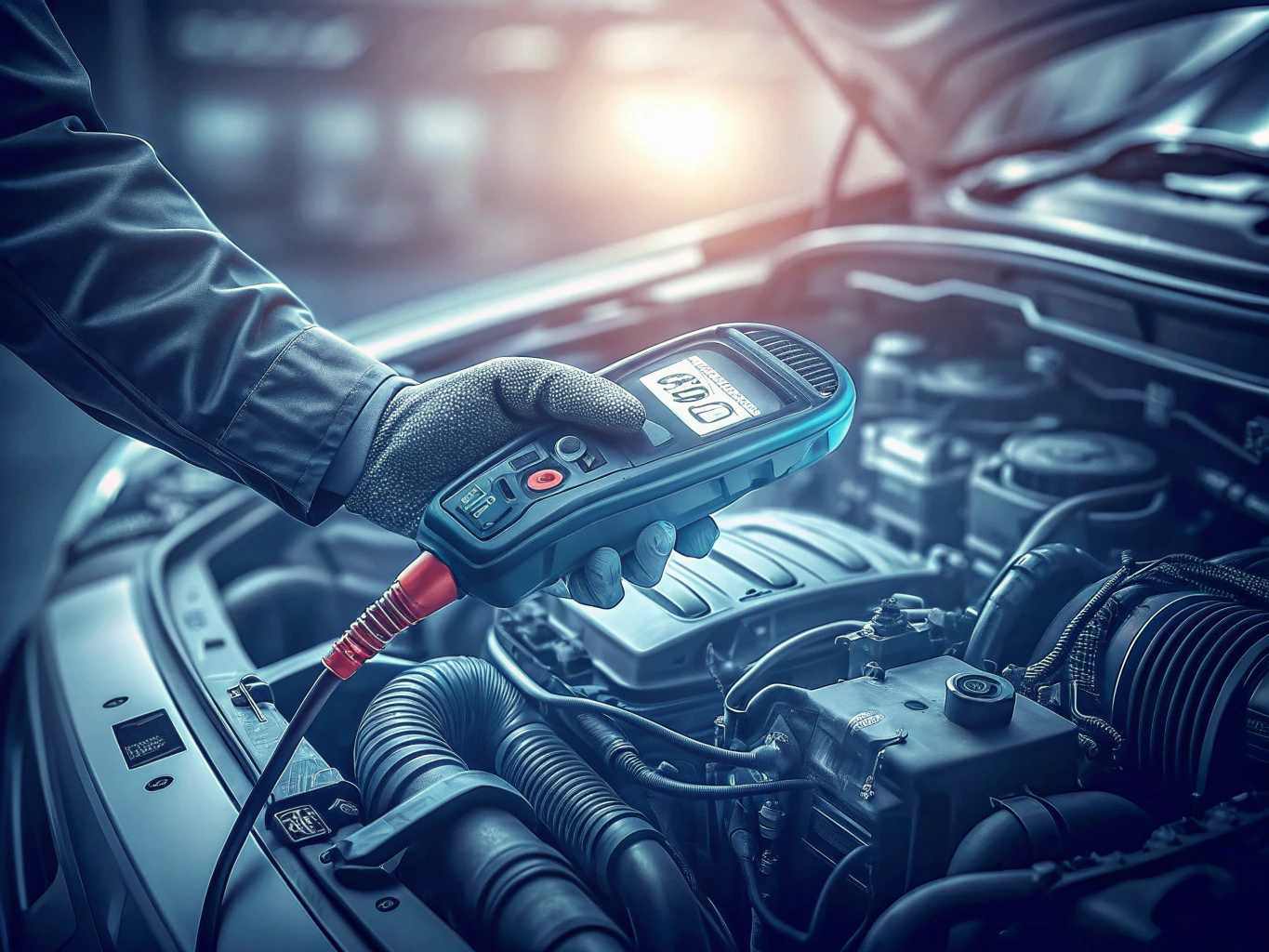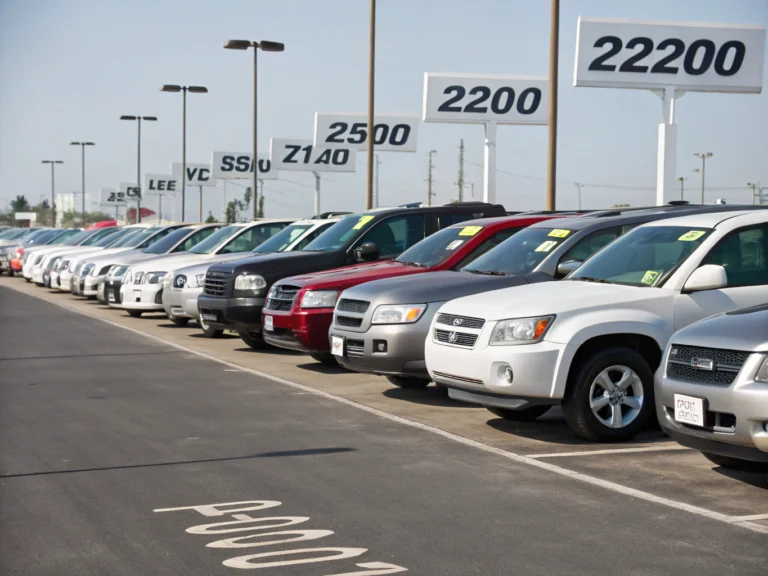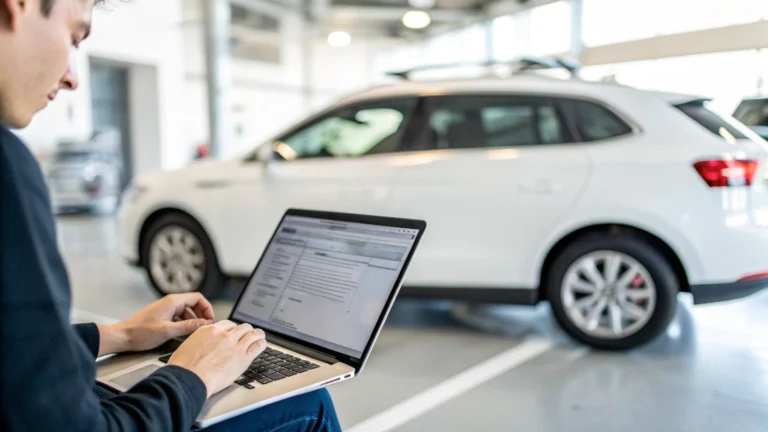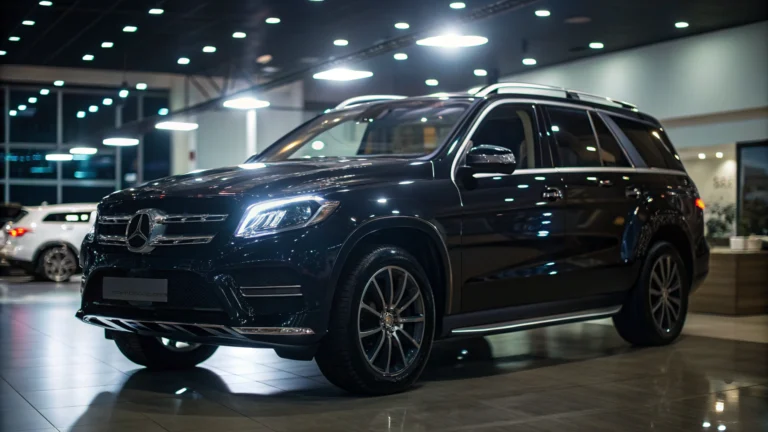Essential Checklist When Buying a Used Car: Your Ultimate Inspection Guide
Table of Contents
Buying a used car can be both exciting and nerve-wracking. With so many vehicles available on the market, finding the perfect pre-owned ride requires careful consideration and thorough evaluation. Many prospective buyers wonder exactly what to check when buying a used car to avoid costly mistakes. This article will guide you through the essential inspection steps to ensure your used car purchase becomes a reliable investment rather than a regrettable decision.
Why Thorough Inspection Matters When Buying a Used Car
When buying a used car, appearances can be deceiving. That shiny exterior and fresh-smelling interior might mask serious mechanical issues lurking underneath. Used vehicles often harbor hidden problems that only become apparent after you’ve signed the paperwork and driven off the lot.
Common issues frequently overlooked by eager buyers include transmission problems, electrical system failures, and hidden collision damage. These problems aren’t always immediately obvious during a quick test drive but can lead to thousands in repair costs down the road. What to check when buying a used car extends far beyond a casual glance at the paintwork.
The financial implications of skipping proper inspection steps can be severe. Beyond repair costs, you might face decreased reliability, poor fuel efficiency, and significantly lower resale value. More importantly, safety risks from compromised structural integrity, worn brakes, or faulty steering components could put you and your passengers in danger.
A comprehensive inspection protects your investment when buying a used car. By identifying potential issues before purchase, you can make an informed decision about whether to proceed with the sale, negotiate a better price, or walk away entirely. Taking the time to inspect thoroughly ensures you drive away with a reliable vehicle that meets your needs and budget.
What to Check When Buying a Used Car: A Complete Inspection Guide
Your used car inspection should always begin with paperwork verification. Request the vehicle history report using the VIN (Vehicle Identification Number) to check for accidents, flood damage, or odometer discrepancies. Examine the title status carefully to ensure there are no liens or salvage issues that could complicate your ownership.
When evaluating the exterior, inspect each body panel in good lighting. Look for color mismatches, irregular panel gaps, or ripples in the metal that might indicate previous damage or poor repairs. Check all glass for cracks, examine door seals for integrity, and assess tire condition, including tread depth and even wear patterns.
Interior inspection is equally important when buying a used car. Evaluate upholstery for excessive wear, tears, or stains. Test all electronics, including power windows, locks, climate controls, and infotainment systems. Pay attention to unusual odors that might indicate water damage, mold, or other problems. Don’t forget to check that all dashboard warning lights function properly during startup.
The mechanical inspection represents perhaps the most critical aspect of what to check when buying a used car. Examine the engine for leaks, unusual noises, or excessive smoke from the exhaust. Test the transmission through all gears to ensure smooth operation. Evaluate the braking system for responsiveness and inspect brake pads for remaining thickness. Suspension components should be tested by listening for clunks or feeling excessive bouncing during the test drive.
For a detailed inspection checklist when buying a used car, consult the comprehensive guide from Progressive, which provides step-by-step instructions for evaluating a used vehicle.
After Your Used Car Inspection: Making Informed Decisions
Once you’ve completed a thorough inspection, you’ll need to interpret your findings. Minor issues like worn wiper blades or small scratches shouldn’t significantly impact your decision when buying a used car. However, major concerns like engine knocking, transmission slipping, or extensive rust should prompt careful consideration about the vehicle’s true value.
Your inspection results provide powerful negotiation leverage. Document all issues found during your assessment, estimate repair costs, and use this information to negotiate a fair price reduction. Many sellers expect some negotiation and have built pricing flexibility into their asking price.
Knowing when to walk away is perhaps the most valuable skill when buying a used car. Certain red flags should trigger immediate caution: evidence of frame damage, signs of flood exposure, severe engine problems, or a seller unwilling to allow a thorough inspection. Remember that walking away from a problematic vehicle often saves thousands in future repairs.
For complete peace of mind, consider investing in a professional pre-purchase inspection. A qualified mechanic can provide an unbiased assessment of what to check when buying a used car and identify issues you might miss. The $100-200 cost is minimal compared to the potential savings on a vehicle with hidden problems.
Preventing Future Problems When Buying a Used Car
After buying a used car, create a maintenance schedule based on your inspection findings. Address any minor issues immediately and plan for larger maintenance tasks according to the vehicle’s service history and manufacturer recommendations. Regular maintenance prevents small problems from becoming expensive repairs.
Research model-specific issues before finalizing your purchase. Every make and model has known weaknesses and common failure points. Online forums, consumer review sites, and manufacturer technical service bulletins can reveal patterns of problems for particular vehicles, helping you know exactly what to check when buying a used car of that specific model.
Always check for outstanding recalls using the vehicle’s VIN. Manufacturers occasionally identify safety issues after production and issue recalls for repairs at no cost to owners. The National Highway Traffic Safety Administration (NHTSA) website provides a free tool to check for unresolved recalls that should be addressed.
Maintain thorough documentation of all service work performed after buying a used car. Keep receipts, work orders, and maintenance records in a dedicated file. This documentation helps maintain your vehicle’s value should you decide to sell in the future and provides valuable information for diagnosing any problems that arise.
For additional guidance on identifying potential issues before buying a used car, explore AutoNation USA’s used car inspection guide, which provides expert advice on evaluating pre-owned vehicles.
Conclusion
Knowing what to check when buying a used car empowers you to make confident, informed purchasing decisions. By thoroughly inspecting the vehicle’s history, exterior, interior, and mechanical systems, you can identify potential problems before they become your responsibility. Remember that the time invested in proper inspection can save thousands in repair costs and ensure you drive away with a reliable vehicle.
As you continue your search for the perfect used car, apply these inspection techniques consistently. Don’t rush the process, and don’t hesitate to seek professional assistance when needed. With careful evaluation and attention to detail, buying a used car can be a rewarding experience that provides years of dependable transportation.
Frequently Asked Questions
What to check when buying a used car
When buying a used car, check the vehicle history report, examine the exterior for damage, inspect the interior components, test all electronics, evaluate the engine and transmission performance, check fluid levels, test the brakes, and examine the tires. A comprehensive inspection helps identify potential issues before purchasing.
Why is a thorough inspection important when buying a used car?
A thorough inspection when buying a used car is crucial because it reveals hidden problems that could lead to expensive repairs. Many used vehicles have underlying issues not immediately visible, putting your investment and safety at risk. Proper inspection protects your financial investment and ensures you’re purchasing a reliable vehicle.
How can inspection results help negotiate when buying a used car?
Inspection results provide powerful leverage when buying a used car. Documented issues can justify price reductions based on estimated repair costs. Understanding the severity of problems helps determine when to negotiate versus when to walk away. For maximum negotiating power, consider having a professional inspection to identify all potential issues.
What maintenance steps should I take after buying a used car?
After buying a used car, create a maintenance schedule based on your inspection findings, prioritizing any immediate concerns. Research common issues specific to your vehicle’s make and model. Check for outstanding recalls using the VIN, and maintain thorough documentation of all service work to preserve the vehicle’s value and ensure reliability.
Shop Recommended Products
- Find Used Car Inspection Checklists on Amazon
- Find OBD2 Diagnostic Scanners on Amazon
- Find Car Fluid Testing Kits on Amazon
- Find Tire Tread Depth Gauges on Amazon
- Find Car Maintenance Record Books on Amazon
As an Amazon Associate we earn from qualifying purchases.






